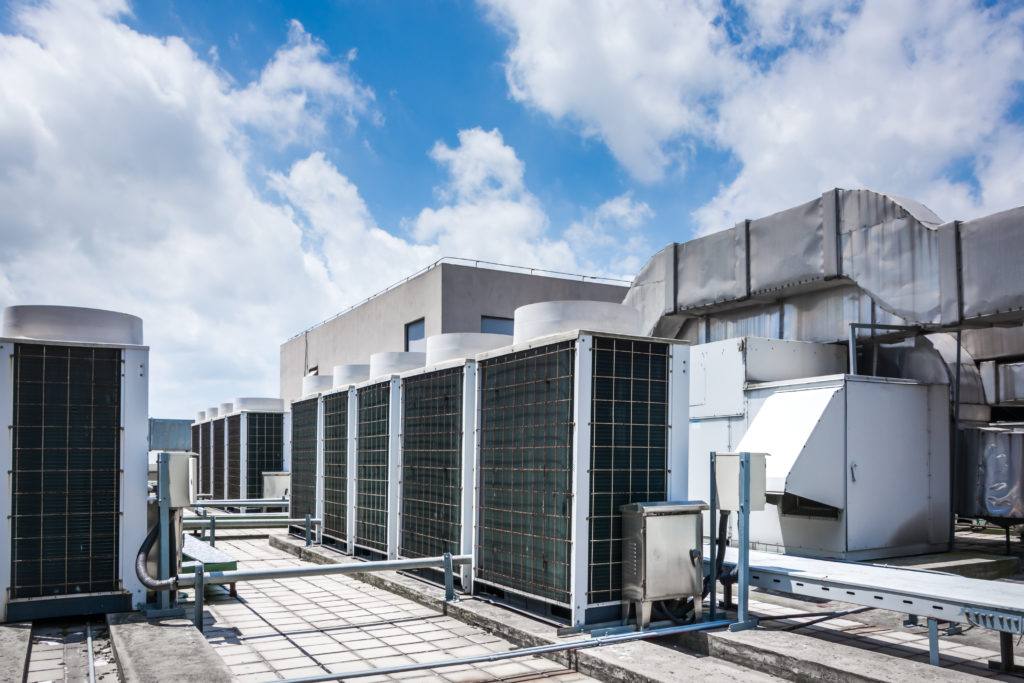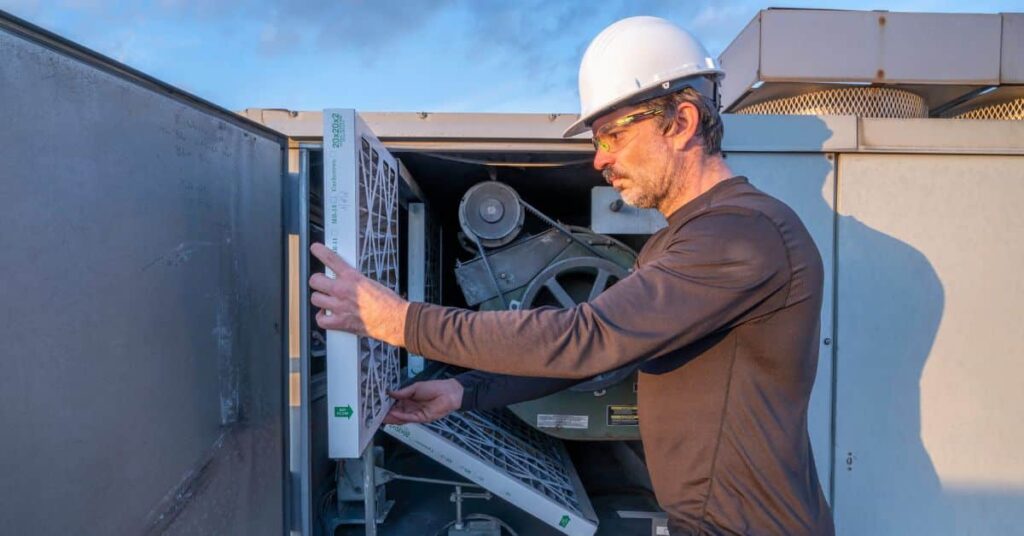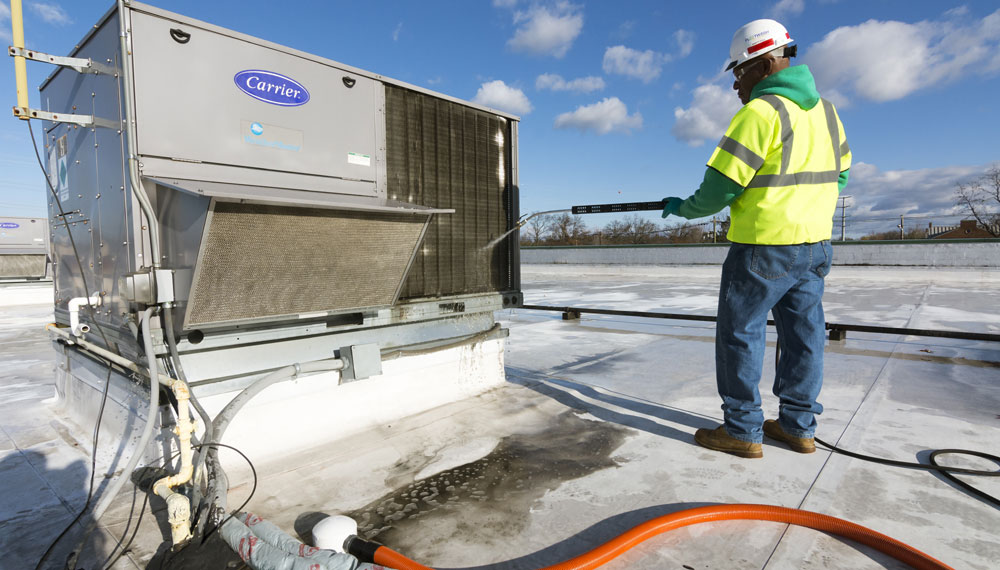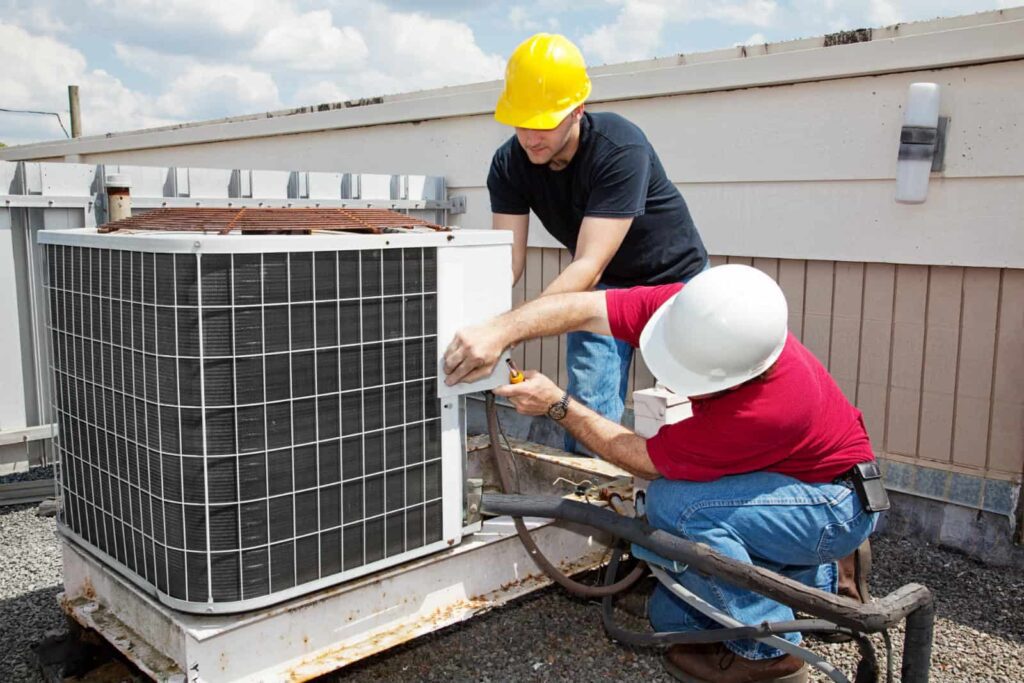For any business, maintaining a comfortable and safe indoor environment is not just about comfort; it’s about productivity, energy efficiency, and cost savings. Whether you’re running a large corporate office, a retail store, or a warehouse, your commercial HVAC system is the unsung hero working behind the scenes to keep operations running smoothly. However, just like any other critical piece of infrastructure, your HVAC system requires regular care and attention to operate at its best.
Let’s dive in.
How Often Should a Commercial HVAC System Be Serviced?

The frequency of HVAC service can depend on several factors, including the type of system, usage level, and environmental conditions. However, as a general rule of thumb, commercial HVAC systems should be serviced at least twice a year, typically once in the spring and once in the fall.
These seasonal checkups ensure your system is prepared for the demands of summer cooling and winter heating. In more demanding environments, such as data centers, restaurants, or manufacturing facilities, quarterly maintenance may be necessary to prevent breakdowns and ensure optimal performance.
Here’s a breakdown of the standard service schedule:
- Spring (Pre-Cooling Season): Focus on air conditioning, refrigerant levels, coils, and filters.
- Fall (Pre-Heating Season): Focus on heating elements, thermostats, burners, and safety controls.
Why biannual servicing? Because commercial HVAC systems operate continuously throughout the year, they experience significant wear and tear. Routine maintenance helps identify and fix minor issues before they become costly repairs and minimizes downtime that can affect your business.
What’s Included in Commercial HVAC Maintenance?
Many building owners and managers are surprised by just how comprehensive a professional HVAC maintenance visit can be. A reputable HVAC service provider will conduct a multi-point inspection and tune-up to ensure your system runs efficiently, safely, and reliably.
Here’s what a typical commercial HVAC maintenance visit includes:
1. System Inspection & Diagnostics
- Visual inspection of all HVAC components
- Checking for wear, leaks, and abnormal noises
- Verifying system operation
2. Filter Replacement – Get Filters – Here

- Dirty or clogged filters can reduce efficiency and airflow
- Filters are cleaned or replaced based on the manufacturer’s recommendations
3. Thermostat Calibration – Get A New Thermostat – Here
- Ensures the thermostat reads and controls temperature accurately
- Upgrades or reprogramming if necessary
4. Coil Cleaning

- Evaporator and condenser coils are cleaned to improve heat transfer
- Dirty coils can increase energy usage and reduce system lifespan
5. Electrical Component Check
- Inspection of wiring, contacts, relays, and capacitors
- Tightening loose connections and replacing worn parts
6. Lubrication of Moving Parts

- Motors, bearings, and fans are lubricated to reduce friction and wear
7. Ductwork Inspection
- Checking for blockages, leaks, or mold in the duct system
8. Refrigerant Check
- Refrigerant levels are measured and topped off if needed
- Detecting and repairing refrigerant leaks
These services not only extend the life of your HVAC system but also improve indoor air quality, reduce energy consumption, and prevent emergency breakdowns.
How Long Does a Commercial HVAC System Last?
No system lasts forever, but with proper maintenance, you can significantly extend the life of your commercial HVAC unit. According to industry experts like Enervise, the average lifespan of a commercial HVAC system ranges from 15 to 20 years.
However, this varies depending on:
- Maintenance History: Well-maintained systems can exceed 20 years.
- System Type: Rooftop units, chillers, and split systems may have different life expectancies.
- Usage Patterns: Systems that run continuously (like in 24/7 operations) wear out faster.
- Installation Quality: Poor installation can cut years off your system’s life.
- Environmental Factors: Coastal areas or industrial environments may contribute to faster corrosion or wear.
Signs your HVAC system may be nearing the end of its life:
- Rising energy bills
- Frequent repairs or part replacements
- Inconsistent heating or cooling
- Loud or unusual noises
- Poor indoor air quality
When you start noticing these red flags, it may be time to consider an upgrade. Modern commercial HVAC systems are far more energy-efficient, environmentally friendly, and feature-rich than older models, making replacement a smart long-term investment.
The Bottom Line
Maintaining a commercial HVAC system isn’t just a best practice, it’s a necessity. Regular servicing, typically twice a year, can help avoid costly repairs, extend the lifespan of your system, and keep your indoor environment safe and comfortable for employees and customers.
Whether you manage a small office or a large industrial facility, partnering with a trusted provider like Premier Commercial HVAC Services can take the guesswork out of HVAC care. And when it finally comes time to replace your system, knowing its lifespan and maintenance history will make planning and budgeting much easier.
Don’t wait for a breakdown to take action; invest in preventive maintenance today and enjoy peace of mind year-round.

